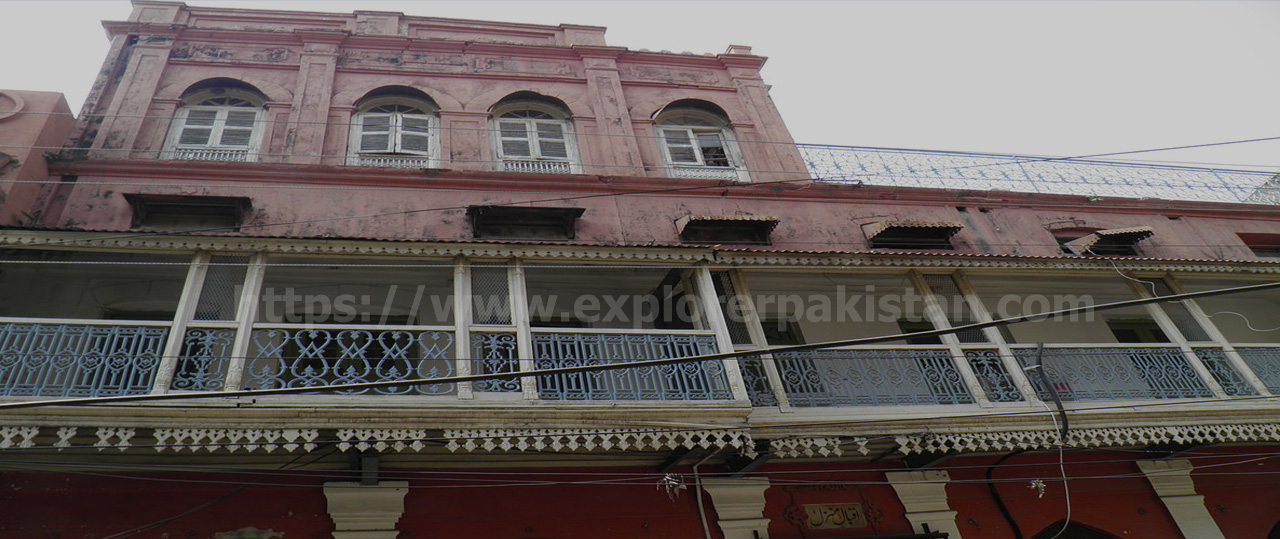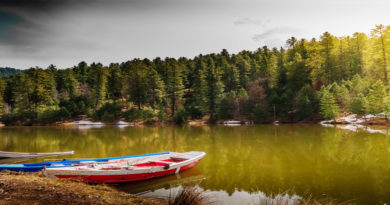Sialkot City – Sialkot Maps – Top Places to Visit Sialkot Pakistan
Sialkot
Sialkot is one of the historic cities of Pakistan where the great poet “Allama Iqbal” was born. History shows that during the year 1185, when the city was a part of the Muslim Sultanate Delhi, Sultan Shahabuddin Ghori conquered the area of Punjab. Currently the total population is around 920,000, and the people living here are very skilled, practicing different skills to earn a living. Another important figure who belonged to this city was Faiz Ahmed Faiz, a great poet whose example you set for future generations. The feature of the city of Sialkot Pakistan is the hand-sewn football, which has made it the largest industry in the world for this work. 40 to 60 million soccer is made every year, generating close to 70% of the world’s total production.
There are many tourist destinations in Pakistan especially in Sialkot which must be visited at least once during Pakistan which will be a sure experience for the visitor. Here are some of the attractions of this city.
Sialkot Fort and Shrines
Sialkot Pakistan has a huge center of Punjabi culture. The old city has a swamp of narrow streets and crowded markets. In the old part of the city there is the shrine of Imam Ali ul Haq, also known as Imam Sahib. The Tomb Complex is a maze of narrow passages leading to many shrines of the Saints. Imam Aliul Haq’s tomb is on the right, through a mirror gateway with Quranic inscriptions and geometric designs.
On a high hill in the middle of the old town are some remnants of the Sialkot Fort. It is one of the ancient fortresses of Pakistan that was established around 2nd century AD. The shrine of Saint Mardia Shah is also on the fort. Puran Puran is a famous historical place, belonging to the Punjabi folk tale ‘Bhagat Puran’. It is located just outside the city of Sialkot. According to the rebellion in Sialkot, the remains of Puran’s tomb were left in 1857, but now there is no small tomb other than a small building, a small place of worship and a flowing well.
Iqbal Manzil
As the name suggests, this historic site is in fact the house where Allama Muhammad Iqbal was born. It is located in Kashmiri Mahal of Sialkot. It was purchased in 1861 by Iqbal’s grandfather, Mohammad Rafiq. Initially it was not a big house, but by then the family had built it further. After Iqbal’s death, the government of Pakistan made it a museum with all the goods of Iqbal and family which is open for tourists. Part of the building contains a library containing a collection of Iqbal’s wonderful poetry. The museum was inaugurated in 1977. Other parts of the house showed furniture or other regular use items when Iqbal was alive.
Clock Tower
Located in the central part of Saddar Bazaar, connecting four roads in one place, stands a beautiful and famous Clock Tower that enhances the beauty of Sialkot city. The tower is beautifully decorated, adding an element of greatness to the view of the city. General Chat Chat Lounge It has four face clocks, each showing the time of traffic coming from a particular route. It has been renovated from time to time as the people of Pakistan are very careful in preserving their heritage to repair any damage that may be seen on the tower to enhance its appearance.
Marala Headworks
Marala Headworks is located on Chenab Rear near Sialkot. It is a great hydro engineering project but it is one of the fishing or outdoors adventure. It is a picnic and angled spot, protected wildlife and protected wildland. Many people come here and enjoy the landscape, the natural beauty and the experience of the thumb.
Gurdwara Bair Sahib
Gurdwara or Sikh shrine, also known as Gurdwara Bari Sahib, is a historically important place of Sialkot. History shows that this was the place where Baba Gurvanank lived. He also met a great elder, Hamza Ghaus. The real name of this Gurdwara is Beer Sahib, which refers to the beer tree under which Baba Gronnak used to sit. The tree is still there. It was built by Natha Singh through excellent designing. Inside this gurdwara is a huge well that was once run by many Persian wheels. A beautiful garden is also part of what enhances the architecture around it. In addition, there is a pond and some living rooms inside. The current status of this historic structure is not perfect and needs to be preserved, but the richness of the art and culture in its construction is incredibly amazing.
Tomb Imam Ali-ul-Haq
Imam Aliul Haq, commonly known as Imam Sahib, was a great 13th century saint. He is known for his conversion to Islam, especially to many from Sialkot. He was martyred during his war with the Raja of Sialkot and his tomb is now located in the place where the city of Sialkot is martyred. The tomb is beautifully crafted with narrow passages that lead to a place where one can sit. There are beautiful maps on the walls of the path that show pilgrims. On the back, there is a cemetery where Imam Sahib’s followers respect the drums, singing and shielding. Outside the tomb, there is a market that is so colorful and a great place that can be captured by the camera.
Trinity Cathedral Church
Trinity Cathedral Church (Sialkot Cathedral) is located on the Mall in Sialkot Cantonment. Its first stone was laid on March 1, 1852. The church was celebrated by the Bishop of Madras on January 30, 1857, at the Diocese of Calcutta at that time.
Temple of Teja Singh
The temple has a history of 1000 years old when Hindus lived here and practiced their religion in this temple. Especially for occasions like Diwali and Holi, this temple was a center for Hindus, creatively decorated to celebrate the celebration. The area around it is a picnic spot for people. One can enjoy the perfect combination of exploring historic structures with the beauty of nature.
Jinnah stadium
Jinnah Stadium Sialkot is one of the oldest cricket fields. It was named Conley Park when Sialkot was not part of Pakistan. It was later renamed Jinnah Park. Reconstructed in 1979 and completed in 1984. Many record-breaking cricket matches are played here, which has boosted the value of the stadium. The stadium has a capacity of 30,000 people. The first test drama was played in 1985.
These are the most important places which show the historical and cultural significance of the region where Pakistan’s great national poet Allama Iqbal was born and lived for years, the importance of the city increases with each passing day. Tourists must visit it once during a visit to Pakistan as it is historically very rich.












